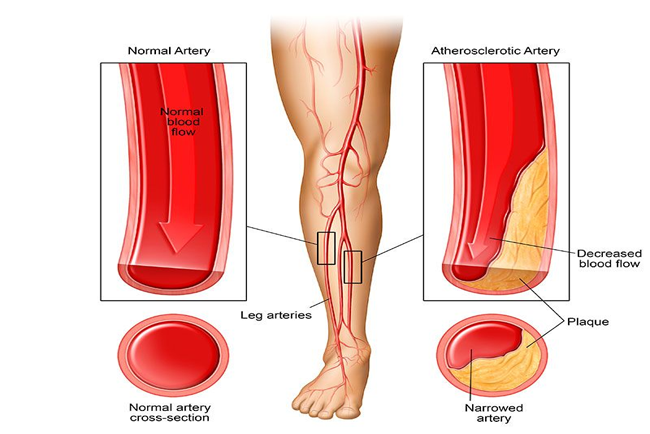Leg pain is a common problem that can affect people of all ages. Whether it’s a dull ache, sharp pain, or persistent throbbing, understanding why your legs ache is essential for finding relief and preventing further issues. In this article, we will explore the common causes of leg pain, associated symptoms, and practical solutions to help you manage discomfort.
Common Causes of Leg Pain
- Muscle Fatigue and Overuse
One of the most frequent reasons for leg pain is muscle fatigue. This usually occurs after strenuous activities such as running, walking long distances, or standing for extended periods. Overused muscles produce lactic acid, which leads to soreness and discomfort.
- After
Circulatory problems, such as peripheral artery disease (PAD), can reduce blood flow to the legs. Poor circulation may cause aching, cramping, or a feeling of heaviness in your legs, especially after activity.
- Yes
Conditions like sciatica or pinched nerves can result in shooting or burning pain that travels from your lower back down to your legs. Nerve-related leg pain often worsens when sitting or standing for long periods.
- Joint Problems
Arthritis, especially in the knees or hips, can lead to leg pain. Joint inflammation may cause stiffness, swelling, and difficulty walking.
- Injury
Sprains, strains, or fractures are obvious causes of leg pain. Even minor injuries, like pulled muscles or tendonitis, can result in persistent discomfort.
- M
Certain conditions, such as diabetes, blood clots, or varicose veins, can also contribute to leg pain. These conditions often require medical attention to prevent complications.
S
While occasional leg aches are common, persistent or severe pain should not be ignored. Seek medical advice if you experience:
- Swelling or redness in the legs
- Sharp or stabbing pain
- Numbness or tingling
- Difficulty walking or standing
- P
These symptoms may indicate underlying health issues that require prompt treatment.
Read More>>Playdate (2025)
How to Relieve Leg Pain
- Rest and Elevation
Allow your legs to rest, especially after intense physical activity. Elevating your legs above heart level can improve blood flow and reduce swelling.
- I exercise.
Gentle exercises like walking or swimming can strengthen leg muscles and improve circulation. Stretching before and after exercise helps prevent soreness.
- Massage and Heat Therapy
But
- Proper Footwear
Wearing supportive shoes can prevent leg strain, especially if you stand or walk for long periods.
- Healthy Lifestyle
Maintaining a healthy weight, staying hydrated, and eating a balanced diet support overall leg health and reduce stress on muscles and joints.
When to See a Doctor
If your leg pain is severe, persistent, or accompanied by swelling, redness, or numbness, consult a healthcare professional. Early diagnosis can prevent complications and help you find the most effective treatment.
Leg aches can result from various factors, from muscle fatigue to serious medical conditions. Identifying the cause is key to proper treatment and relief. By incorporating rest, exercise, and a healthy lifestyle, you can manage leg pain and improve your overall well-being.
Read More>>What Can I Give My Dog for Pain?
